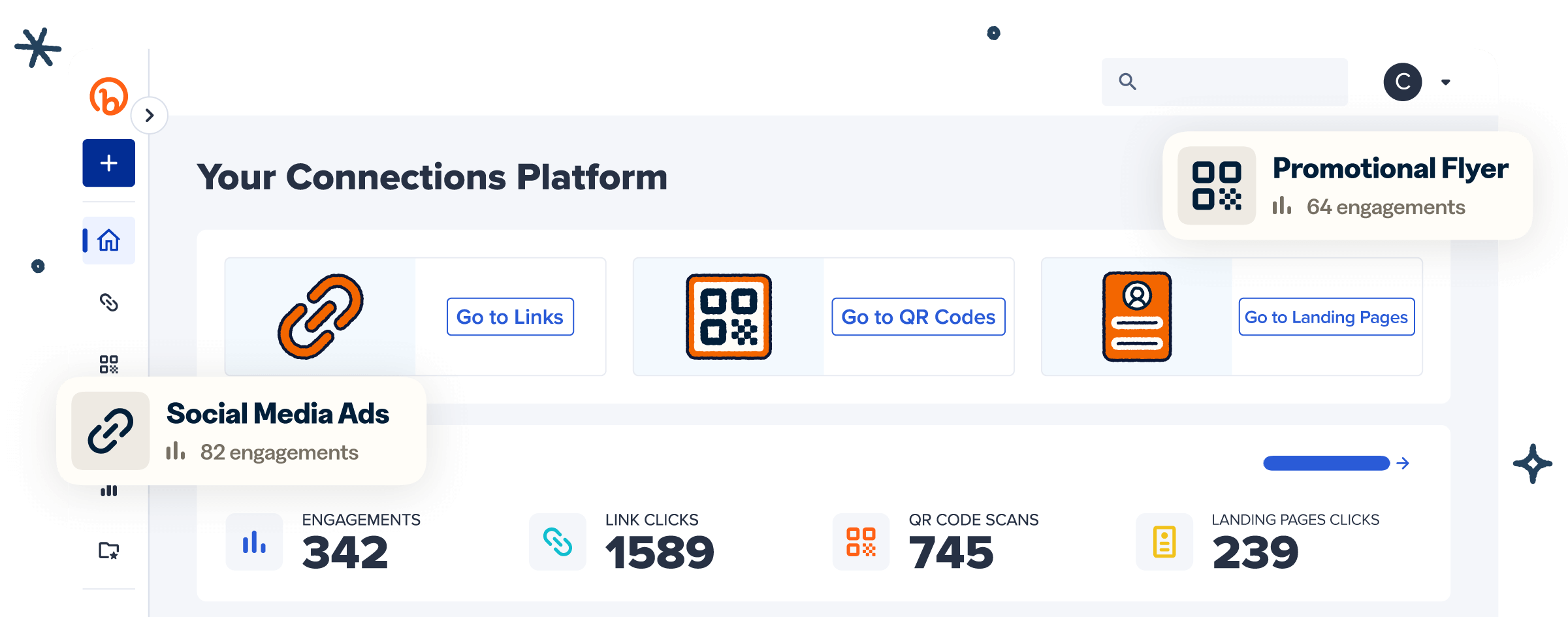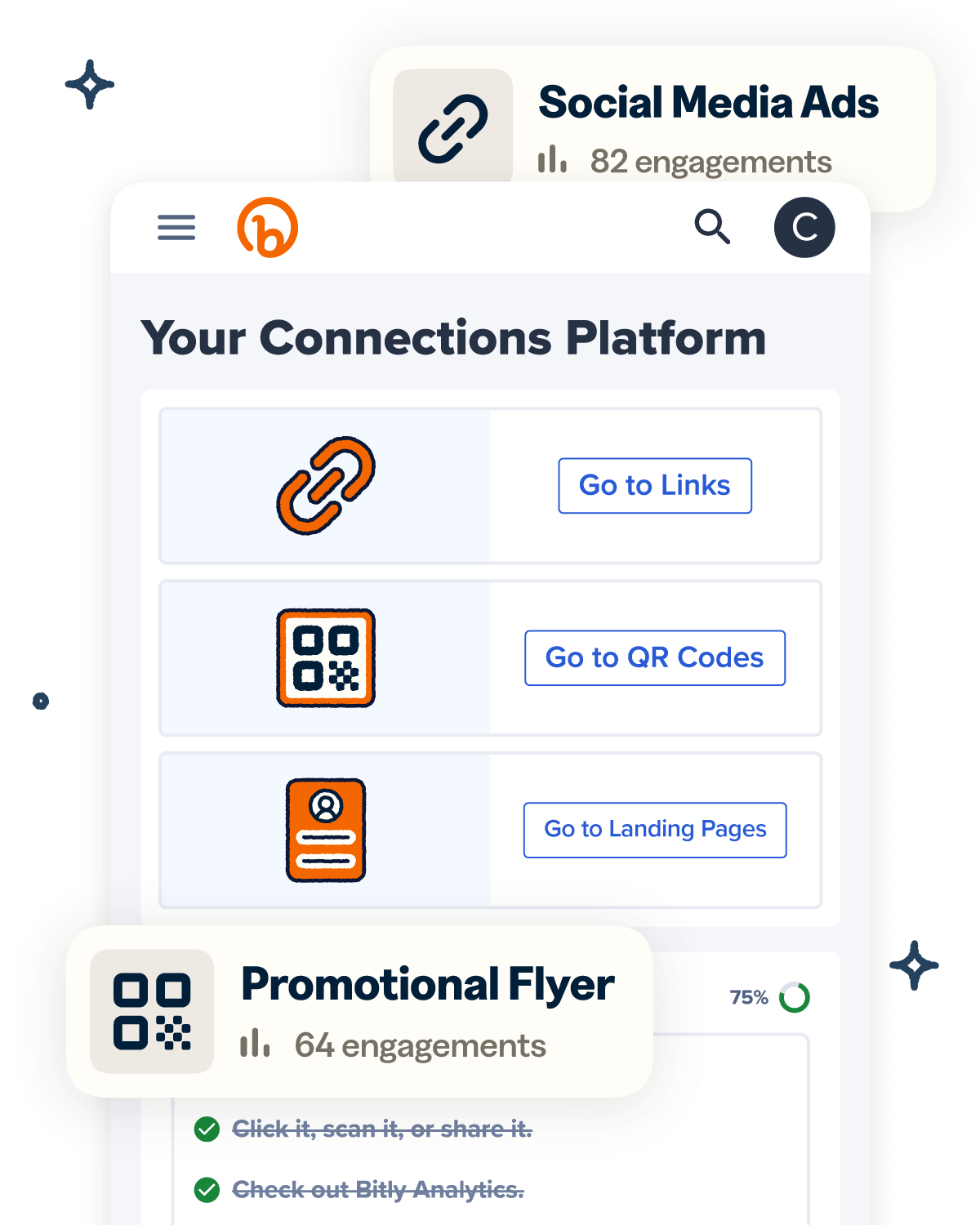In the early and mid-2010s, tech analyst Benedict Evans announced that “mobile is eating the world.” His yearly industry-leading reports covered mobile adoption, expanding internet access via smartphones, and the business implications of mobile.
More than a decade later, it’s safe to say that he was right—in 2025, consumers and brands alike navigate a mobile-first world daily. But mobile marketing is far from stagnant. It continues to evolve as new technology emerges, consumer expectations shift, and outside forces push the boundaries of modern marketing.
What’s changing in the year ahead? What can we expect to see next and how should marketers respond? Let’s dig into some of the most recent trends to understand the current momentum in mobile marketing, and explore our predictions for the year to come.
News flash: The headlines shaping mobile
Before we predict what’s coming next, it helps to look at recent and current events. These can show us how the tides are turning, where consumers and brands are spending their time and money, and what themes are emerging. Here are some of the headlines of 2024 that are likely to inform mobile marketing trends in 2025.
The “cookiepocalypse” isn’t arriving just yet
It’s still not the end of cookies as we know it. After marketers spent months preparing themselves for Google to deprecate third-party cookies in Chrome (and for other browsers to follow suit), the search giant changed its tune in July 2024. With cookies no longer on the fast track to extinction, third-party data collection is still in play. Consumer privacy remains a focus, especially in mobile, but it’s on marketers to choose more trustworthy and transparent methods of collecting and using data.
Mobile + media = A match made in marketing heaven
Mobile provider T-Mobile has already spent big in early 2025 with its acquisition of Vistar Media, an ad platform specializing in digital out-of-home (DOOH) media. DOOH is an especially competitive ad channel, with eMarketer predicting that digital campaigns will make up one-third of out-of-home media by 2027. The partnership expects to use T-Mobile data on where mobile device users travel each day to better place and target DOOH ads through Vistar’s platform for more relevant and personalized advertising.

Missed opportunities during the big game(s)
2024’s “Big Game” featured a few big-name ads that made the most of the opportunity to drive direct action with their audience using QR Codes. NYX shared a QR Code to exclusive content that didn’t air during the game, Quinta Brunson promoted a TurboTax sweepstake via QR Code, and DoorDash offered a chance to win via a comically long promo code. But plenty of brands are still missing the opportunity this tool presents. QR Codes can drive action and deliver valuable data, not just during the big game but during other sports and entertainment events with wide viewership.
Advertisers spy AI agent wins
After an initial flurry of AI excitement, vendors are getting more specialized and focusing on specific use cases and audiences for AI tools—including personalized AI agents for advertisers. Marketers can use these AI agents to do simple tasks for them, like pulling reports and crunching numbers, to remove some of the “grunt work” of the job. The agents will help them make decisions that draw on the big picture of all their audience data with less of a lift on their team and time.
Marketers double down on digital
In its 2025 Advertising Outlook report, Mediaocean found that investments in traditional media continue to decline alongside print and TV advertising channels. At the same time, marketers are spending more on digital channels like social media (68%), digital display and video (67%), and Connected TV (55%). To maximize ROI, marketers need to carefully strategize how they’ll drive action from these channels and measure performance. They need not only the right channels to reach their audiences, but also customer-first touchpoints to convert them effectively.
Mobile shines during the holidays
If marketing had a holiday pageant, mobile would play a starring role. Consumers conduct research, make purchases, and engage with interactive ads, all from their mobile devices. 2024 research from Samsung Ads found that 77% of smart TV owners said they frequently make mobile purchases based on TV ads they see. 30% of consumers reported using a QR Code in a TV ad to learn about a product they saw, and 29% used that code to make a purchase. Mobile is also playing a growing role in payments, with nearly a quarter (24%) of all global holiday season orders made with mobile wallet payment options. Mobile wallet purchases were also up 16% year-over-year for the week after Cyber Monday.
7 mobile marketing predictions for 2025
The mobile marketing scene is undergoing plenty of changes. And while we don’t have a crystal ball to determine what’s next, here are seven of our top predictions about what’s next and how you can keep up.
1. Brands will shift reality, right from your mobile phone.
Augmented reality (AR) and virtual reality (VR) have been building up steam in recent years, to varying levels of success. VR remains an expensive investment (for both brands and consumers), so companies need to balance what’s within reach and what consumers are excited about. In the AR world, researchers are overcoming some of the previous barriers to indoor AR experiences, and augmented reality continues to be an accessible way to offer interactive experiences to guests, from real-world gaming to try-on software. Plus, demand for and investments in both AR and VR are growing.
We predict: Brands large and small will look for creative ways to deliver engaging AR experiences, like QR Codes in video ads and on packaging to engage users. QR Codes are an affordable and accessible way to deliver this technology to enthusiastic consumers.
2. Mobile marketing will embrace its AI era.
Embracing and exploring AI is the order of the day in most sectors and fields, and mobile marketing is no exception. AI spells a lot of promising potential for marketers on mobile, from helping them ideate and edit copy to creating multiple versions of campaigns to drive testing with different audiences. With the help of machine learning algorithms, marketers can use app usage and mobile engagement to glean insights from audience data on a larger scale.
We predict: Mobile marketing will shift from early waves of AI excitement to creating and implementing an AI strategy. Marketers will embrace the data-driven insights that these tools deliver and turn around to execute more effective mobile campaigns.
3. Payment will keep getting more flexible.
The faster and easier consumers find the purchase process, the better off businesses will be. With mobile wallet usage on the rise at the holidays and year-round, it’s time for businesses to expand their offerings of flexible payment options—and extend the benefits they offer customers through these experiences. On top of mobile wallet payments, businesses like retail stores, restaurants, and even service-based businesses should invest in promotions and loyalty offerings as part of flexible payment.
We predict: Forward-thinking businesses will use QR Codes to offer mobile wallet payment options to enhance mobile commerce, encourage loyalty program sign-ups, and boost promotional offerings.

4. Brands that go green will bring in the green, too.
2024 saw a divide between companies and consumers on sustainability. Bain & Company found that while CEOs are leaning into priorities like AI and inflation, consumers are still deeply concerned about climate change. Brands that insist on deprioritizing these issues will lose the trust and loyalty of key audiences, while companies that choose transparency and earth-friendly strategies will win.
We predict: Successful brands will continue to lean into sustainability by clearly communicating to customers how they are working to offset their carbon footprint. They will use cost-effective tools like QR Codes to reduce packaging and printed materials and to engage consumers online with their brand ethics around sustainable causes.
5. Marketers will double down on location-based optimization.
Personalization is far from a new trending topic. Instead, it’s more like the North Star that marketers have been chasing for years as its implementation continues to evolve. Some brands are using AI to deliver highly relevant and localized ads to their audience through unique distribution channels—and this is the place to be. Mobile devices move through space as the customer does and can inform brands’ knowledge of their travel, habits, routines, and more, as signaled by partnerships like the T-Mobile acquisition of Vistar Media.
We predict: Marketers will look to location-based data (especially from channels like QR Code scans and short link clicks) to understand where their audience is and what they’re interested in. From there, they can level up personalization by delivering targeted landing pages and pinpointed offers to consumers exactly where they are.
6. Mobile apps will create FOMO and drive downloads for customers.
Global revenue from in-app purchases grew by 13% in 2024. Mobile apps play in a highly competitive space, and they’re not the right investment for every brand. But for the brands that offer an app, they’re a clear win for retaining and winning back customers, delivering high-value promotions, and driving revenue in creative ways. Some brands have recently tested using their mobile apps plus a paid loyalty program to remove frustrating friction points in the customer experience—and others may follow suit to create a can’t-miss mobile app appeal.
We predict: Brands will offer new in-app experiences and benefits to convince customers to download mobile apps, supported by tactics like mobile deep linking and SMS marketing. The first-party data these brands collect will be used to further drive AI-powered personalization.
7. Mobile will shine in the privacy-personalization debate.
Mobile devices may be the key to the tension between consumers’ desire for data privacy and their preference for personalization. IAB’s 2025 Consumer Privacy Report found that 60% of consumers have stopped using a company’s service or product because of its data policies or data-sharing practices, a trend that’s stronger among younger generations. But eight out of 10 consumers also feel more positive toward brands that tailor ads based on their preferences. How do brands navigate these distinct demands? By leaning into the privacy-compliant ad targeting that mobile devices enable, sharing how they use data, and maintaining trust with their audience.
We predict: Even though third-party cookies are still fair game, marketers will double down on zero- and first-party data collection, which consumers view more positively. They’ll also leverage digital tools like short links and QR Codes that provide detailed data without compromising the privacy of individual users.
Customer-first connections: A lasting trend
From AI to AR and payments to personalization, some of these predictions are relative newcomers to the mobile marketing scene, while others have been trending and are only growing in importance. No matter what changes happen in tech or where marketers invest their budget, here’s what won’t go out of style: putting your customers first, meeting them where they are, and making every interaction easy and enjoyable.
Whatever new channels and strategies you focus on in 2025, give them user-friendly touchpoints to learn more, engage with your brand, or make a purchase—and use trackable tools to learn more about them and execute more data-driven marketing. Level up your campaigns with QR Codes, short links, and mobile landing pages, all backed by in-depth analytics from Bitly. Make 2025 your best marketing year yet, and sign up today.




